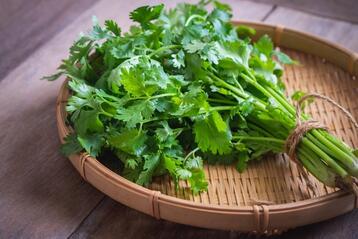 Cilantro - Coriandrum sativum The love it or hate it herb, truly. Most people perceive the taste of cilantro (coriander leaves) as a tart, lemon/lime taste, but 3–21% of people think the leaves taste like dish soap. This disparity is linked to a gene in some people that allows them to detect the taste of specific aldehydes that are also used as odorant substances in many soaps and detergents. Native to Southern Europe, North Africa and Southwest Asia this herb is able to be cultivated in many other locations around the world. Its cultivation by humans dates back to the ancient Greece of the second millennium. The mature seeds of cilantro are referred to as coriander a popular ground spice that has a nutty slightly sweet flavor. Both the leaver, cilantro and the seeds, coriander can be found in many culinary dishes as well as being used medicinally as well as an essential oil. Cilantro is taken by mouth fresh or in capsule form is excellent for cancerous conditions. It is highly beneficial to remove toxic heavy metals such as mercury, lead, or aluminum from the body. I recommend my clients do a heavy metal detox at least one time per year. Cilantro is part of that protocol. Cilantro, appear to have more antioxidant activity than the coriander seeds due to the high phenolic content. Coriander leaves contain beneficial flavonoids, polyphenols, and phenolic acids. The polyphenols present include kampferol and quercetin, which have also been shown to have an antioxidant and anti-inflammatory effect. These plant metabolites have attracted interest and study for their potential protective role against oxidative damage and its associated diseases, including coronary heart disease, stroke, and cancers. The leaves of the plant are high in vitamins A, K, and C, as well as calcium. Incorporating this herb in food, taking it as a nutritive support or for the benefits it offers as a powerful antioxidant this herb packs a punch on every level!
0 Comments
Over use of antibiotics is leading us to have more powerful bacteria proliferating. The incidence of antibiotic resistant bacteria is on the rise. BTH blog post "How did we get here - The State of Wellness in American", addresses this issue. Basically when we delve outside the parameters of natural biology we can get into trouble. I'm not saying antibiotic therapy doesn't have it's place. It has been nothing short of a miracle in many cases of extreme infection. But, when we use them as a prophylactic measure with every case of colds or flu, the body's natural immune response is circumvented which weakens immunity in the long run. In this way we are unwittingly contribute to the development of "super bugs"! Many of you may be unaware of the presence of an antibiotic you are likely ingesting every time you eat pre-grated or pre-crumbled cheeses! Natamycin, technically an antifungal has been approved by the FDA for use on cheeses that are pre-grated/crumbled. It is a mold derived medication originally used for eye infections. A doctor prescribing it would make certain that the patient was not allergic to it before prescribing it, but now anyone sensitive to it would not know that and could become quite ill or go into anaphylaxis after eating cheese laced with it. The cumulative effect of ingesting this is a reduction in immunity and the eventual creation of molds and fungi that are resistant to this retardant. Microbiological evolution! We can change this trend by becoming educated about how to maintain a healthy immune function and minimize the use of antibiotics. The immune system needs a work out. This helps it to be strong. When we are eating an unnatural diet, have used antibiotics, have low beneficial microbial environments in the stomach, gut and colon we become highly susceptible to infection. The weakened immune system cannot function as it is meant to. Immunity is a holistic and synchronistic function. It involves the glandular system, the digestive system, the blood and lymphatic systems. Major players are also the liver, gallbladder, and colon. Immunity functions best on a variety of whole foods, plenty of water, fresh air, sunshine and good sleep. The flora needs to fed and kept vibrant by integrating live probiotic rich food sources into the diet. Foods such as kefir, yogurt, sourdough breads, fermented vegetables, raw vinegars and miso have been used for thousands of years because of their health promoting qualities...a rich source of probiotic! There are in nature abundant sources of antimicrobial herbs and agents. Dr. Keith Scott Mumby of the UK, provides us with a wealth of information on this topic in the pdf provided below. I know these options work, because I have employed them for myself and my family members for over 40 years. Dr. Mumby explores the use of chlorine dioxide which is currently used in many parts of the world for microbial infections. BTH will be posting on this subject sometime in 2020...look for that. Here is an excerpt from a blog post on the BTH "DIY Wellness Care Forum". We offer a thirty day trial membership to this forum, for those who are interested in educating themselves in the areas of building and maintaining a healthy happy body! The focus of the list below is to provide you with botanical options for staving off bacterial infections and overgrowths of fungus. These botanicals are very effective. I have used many of them over the past forty years in which I have been able to stay antibiotic free by treating infections with sound natural adjunct therapies and fasting.
With the botanicals above it is important that you add only one at a time. Start with one and build up to the maximum dose over a period of a week to 10 days. If no adverse reactions occur move onto the next option. It is important to note that you may begin to experience herxing or die-off reactions as these herbs begin to affect the bacterial growth. To prevent excessive herxing, back down dosage, if symptoms lighten or abate, it was die-off and not an adverse reaction. You may need to consult with your ND, MD or Wellness Consultant to determine if you are having a reaction or die-off symptoms. Botanicals are only part of the picture. Treating holistically means making dietary adjustments, detoxing and fasting, using poultices and hands on modalities to promote circulation and resting when you are ill! Bridge to Health offering Wellness Consulting as a means of receiving the support and education you need to achieve a higher standard of health and wellness.
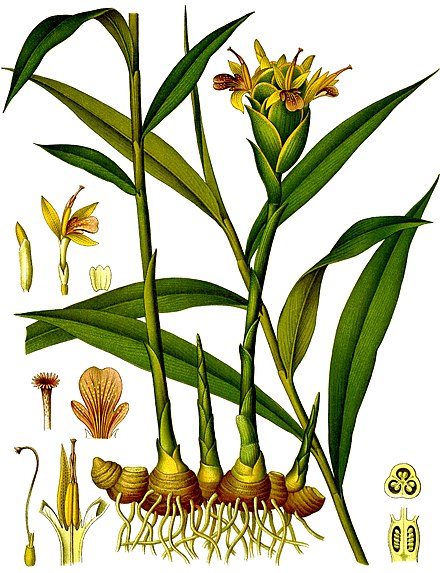 Ginger (Zingiber officinale) An interesting fact about ginger...it is an entirely cultivated plant. It was bred from wild plants, over 5,000 years ago to arrive at the state we now find it in. Originally cultivated in the islands of Southeast Asia it's popularity quickly spread through out the whole of Asia. It is one of the first spices exported to the Middle East in the 1st. Century CE. The applications of ginger in the culinary world knows no bounds. From savory to sweet this spicy herb works well with everything! Beyond it's culinary uses, ginger has been a standard go to for herbalist and the topic of much scientific investigation for its many uses. Ginger contains gingerol a powerful anti-inflammatory agent. It is also a potent antioxidant. This makes it wonderful for any condition of congestion, whether it be mucosal congestion from coughs, colds, asthma, bronchitis or blood congestion from an infection, over burdened liver, spleen or stomach. Researchers have determined that ginger tea is the single most useful treatment for morning sickness during pregnancy. In cases of stomachaches, indigestions, sluggish digestion ginger as a tea or in capsules will clear things up quickly. Because of it's anti-inflammatory properties is is extremely helpful for sore achy muscles, tendonitis, bursitis and arthritis. Patients with osteoarthritis have been effectively treated for pain using ginger extracts and topical applications. Poultices made of castor oil mixed with powdered ginger are excellent for decongesting the chest or the liver and also beneficial in reduce the pain of menstrual cramping. Ginger has also been cited for its ability to reduce blood sugars making it an excellent choice for those who are pre-diabetic or suffer with type 2 diabetes. Combine with a healthy low glycemic diet many have been able to reverse this condition. The best thing about ginger is the taste...everyone loves the taste of ginger! Extremely juicy this rhizome is an excellent addition to fresh raw fruit and vegetable drinks. As a tea, cut and sifted ginger can be added to any of your favorite herbal, green or black teas. Powdered ginger added to nut milks, smoothies and sauces. Ginger oil has been used for aromatherapy for centuries both topically and diffused. Fresh ginger always a plus when you can find plump fresh cuttings. Watch out for moldy ginger...it easily grows green penicillium mold. Asian markets usually have the BEST ginger! Don't accept shriveled or slimy rhizomes. If the fresh choice doesn't look good, ditch it for a dried or powdered form. 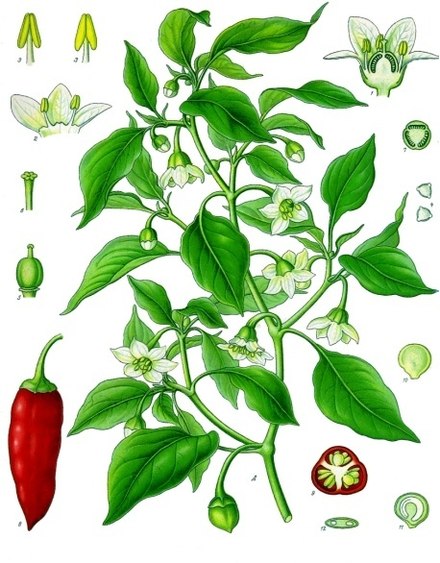 Capsicum annuum, or Cayenne pepper as it is commonly called is a moderately hot chili pepper. Cayenne peppers are tapering fruits, 10 to 25 cm long, skinny, mostly red-colored peppers, often with a curved tip and somewhat rippled skin. There are many varieties, most are rated at 30,000 to 50,000 Scoville units. The heat is the thing with cayenne. The benefit as an herb and super food derives from it's ability to bring the FIRE! Dried and ground to make the powdered spice, culinary blends may be comprised of different types of peppers, quite often not containing cayenne peppers. Which is fine for cooking spicy dishes, but when it comes to use as an herb/super food, you want the real thing. Cayenne ranked as renown Herbalist, Jethro Kloss's number one "go to" herbs. Added to herbal tinctures cayenne promotes an increase in the function of other herbs, a boosting power. This fire stoking herb is an adaptogen, in that it can stimulate and calm. For example in cases of low blood pressure, cayenne will increase the blood pressure and stimulate vitality in one who is listless. On the other hand, when someone is suffering with high blood pressure and anxious, cayenne provides a relaxing influence! The mysterious world of medicinal plants! 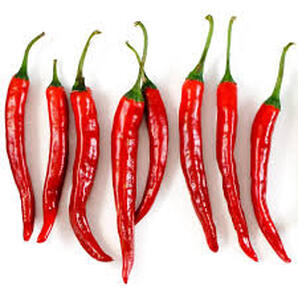 Medicinal Properties of Cayenne Pepper
The bottom line on this fiery, red hot herb...put it to use! Best source for cayenne for cooking is the bulk department at a natural foods stores or on-line. Check to make sure it has it's Latin botanical name, Capsicum annuum. Look for liniments and pain relieving ointments that contain capsicum, the phenol of cayenne peppers. Capsules are the best method for taking internally. 1-2 capsule per ingestion are more than sufficient, up to 6 - capsules per day depending on the condition you are wanting to improve. 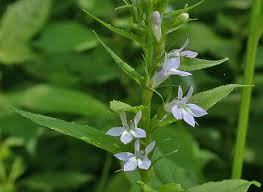 Lobelia (Lobelia inflata) The main parts used of the Lobelia plant are the flowering parts and the seeds. The seeds are the most potent because they contain lobeline, a piperidine alkaloid. Named after Matthias de Lobel, a 17th century botanist, Lobelia is known as Indian Tobacco because it contains lobeline. Lobeline is believed to have a chemical make up similar to nicotine and was therefore used as an alternative to tobacco. In the 19th century, Lobelia was also used as a medicinal herb to induce vomiting, thus removing harmful poisons from the body. An often misunderstood herb that has been maligned by pharmaceutical companies and allopathic medicine. Lobelia is a very potent herb that can produce profound results in a short period of time. It is an herb which should be used with caution. When used properly lobelia is an excellent expectorant to loosen phlegm, an anti-asthmatic. It is also used to treat hysteria, panic attacks as well as convulsions and spasm or spastic conditions. It’s effect is somewhat narcotic, but it is a safe an effective treatment for any condition of spasm or pain. Also very helpful for nicotine withdrawal. It is important to begin with lower dosages and increase the dosage over a period of time.It is also imperative that you never surpass a dosage of 20 mg per day. If you consume a dosage higher than 500 mg, it could be fatal. I have used lobelia for years in combination with skunk cabbage and other herbs in the form of Muscle Calmer, which is based on Jethro Kloss’s old time antispasmodic tincture. His book Back to Eden paved the way for many people to become their own best doctors. 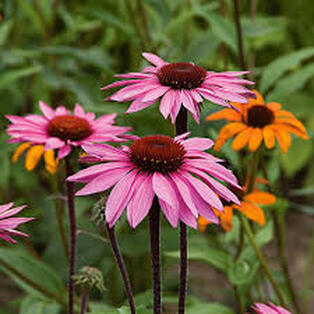 The genus Echinacea has ten species, commonly called coneflowers. They are found only in eastern and central North America, where they grow in moist to dry prairies, grasslands and open wooded areas and many gardens as well! They have large, showy composite flowers and bloom from early to late summer. Echinacea purpurea is the medicinal herb from this Asteraceae family. It is a perennial medicinal herb with important immuno-stimulatory and anti-inflammatory properties, especially the alleviation of cold and flu symptoms. Echinacea is a go to to build immunity especially during the winter months. All parts of the plant are used. When purchasing echinacea bulk as tinctures or capsules, you'll want to be sure it's the whole plant; leaf, flower, seeds and root being used for maximum benefit. This herbs is best used as a tonic starting in the late part of summer or very early fall. Used in this way it is able to help boost T-cell production and boost your immune system. Echinacea works well in combinations with other herbs such as goldenseal, astragalus and other herbs that support immunity and detoxification. Since inflammation is an integral part of compromised immunity, echinacea benefits those suffering from any autoimmune disorders which present with inflammation as a byproduct of the immune system imbalance. In recent years cancer patients undergoing chemotherapy have been proven to benefit from the infection protection echinacea offers! Echinacea is now being widely studied to document claims that natural healers and herbalist have known about for many years. It's a true homegrown healer for those of us in the North American Continent! Here are some of my favorite echinacea products and producers. Herb Pharm - since 1979! Herb Pharm offers this package of winter must haves, Immune Collection Traditional Medicinals makes this great tea! Echinacea Plus In times past I had to make my own tinctures, but with todays modern methods of standardization you really cannot beat products manufactured by reputable companies such as these two. Sarsaparilla: S.regelli & S. aristolochifolia A member of the lily family and native to tropical and temperate parts of the world and comprises about 350 species worldwide. It is native to South America, Jamaica, the Caribbean, Mexico , Honduras, and the West Indies. The name sarsaparilla is not surprisingly a derivation of the Spanish words zarza a bramble or bush, parra or vine, illia a small vine. It is a component of traditional Root Beer used to produce the characteristic foam (saponins form soapy bubbles in solution), rather than as a flavoring agent. Root Beer was flavored with Sassafras. Sarsaparilla root is globally recognized for medicinal properties. It has been used to treat gout, gonorrhea, open wounds, arthritis, cough, fever, hypertension, pain, a lack of sexual desire, indigestion, and even certain forms of cancer. More serious conditions have also been treated with sarsaparilla root. In the Amazon, some tribes used it as a treatment for leprosy by ingesting it as well as using it externally. Introduced to Europe in the 1400s as a medicine discovered in South America. Europeans used the root to encourage sweating and urination and to purify blood. During the 1800s, sarsaparilla was used in both Europe and the United States for its blood purifying properties and recommended as a treatment for the sexually transmitted condition syphilis. Studies suggest that the benefits come from antioxidant properties and plant sterols beneficial to human health. Sarsaparilla also contains flavonoids, a pigmentation chemical that gives many plants their leaf, stem, flower and even root color. In the past decade, flavonoids have garnered more widespread recognition for their use in treating autoimmune conditions and inflammation. The sarsapogenins have been shown to bind to endotoxins in the alimentary canal and encourages lower inflammatory response in the body as a whole. One of the active agents in sarsaparilla root are saponins, a chemical compound. Saponins, usually bitter to the taste, are named after soap because of the foam-like reaction they have when placed in water. In the plants where they originate, saponin chemical compounds help deter fungi and insects from eating their leaves. This could be one of the possible reasons that sarsaparilla has anti-fungal properties. The best way to prepare dried sarsaparilla root is to boil it into an infusion and take a cup of it several times a day. It is readily available in tea form both bulk and in tea bags. Tea is the preferred way to consume this healing herb but capsules and tinctures can also serve well in pace of the tea. With capsules follow the dosages recommended on the bottle. Usually, it takes less than half a teaspoon of ground root powder to have the desired effect. In the case of tincture, half a teaspoon / 40 drops twice daily is a recommended dose. It’s best to work up to maximum dosages starting out with lower amounts thereby allowing the body to adjust to the herb. This is true of all botanicals, especially if your condition is a chronic one. Here are three ways to consume this very helpful herb.....just click on the image!
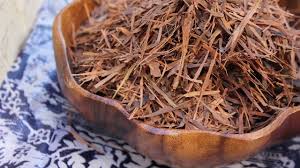 Pau d' Arco bark is the useable portion of the tree. Pau d' Arco bark is the useable portion of the tree. Pau d'arco (Tabebuia avellanedae) A tree native to South America, has been used to treat a wide range of conditions, including pain, arthritis, inflammation of the prostate gland (prostatitis), fever, dysentery, boils and ulcers, and various cancers. As early as 1873, there were reported medicinal uses of pau d'arco. Scientists have identified two active chemicals in pau d'arco. These chemicals are called naphthoquinones: lapachol and beta-lapachone. In lab tests, these chemicals kill or impede some bacteria, fungi, viruses, and parasites. They also have anti-inflammatory properties, and may be effective against diseases such as osteoarthritis. It also contain significant amounts of the antioxidant quercetin helpful for allergies and mast cell immunity conditions. Useful for the following conditions...
As with the use of all botanical medicine you should exercise caution, more is not always better. Check with your health care provider or pharmacist if you are taking medication that may interact with herbal supports.
You can brew whole dandelion plant, leaves, roots, or stems to make tea. From root to flower, dandelions are highly nutritious plants, loaded with vitamins, minerals and fiber. Dandelion greens can be eaten cooked or raw and serve as an excellent source of vitamins A, C and K. They also contain vitamin E, folate and small amounts of other B vitamins. What’s more, dandelion greens provide a substantial amount of several minerals, including iron, calcium, magnesium and potassium. The root of the is rich in the carbohydrate inulin, which is a type of soluble fiber found in plants that supports the growth and maintenance of a healthy bacterial flora in your intestinal tract. Anti-Inflammatory Properties Doctors believe that inflammation plays a role in many types of disease. The compounds in this plant could promote better health overall by reducing inflammation. Cholesterol-Lowering Effects According to a 2012 study in Nutrition Reviews, dandelion has reduced hyperlipidemia in rats. Hyperlipidemia is an abnormally high level of lipids, which include cholesterol, in the blood. Researchers noted decreases in the levels of both triglycerides and total cholesterol in rats who ate dandelion flower extracts. The theory is that dandelion extract has an inhibitory effect on pancreatic lipase, an enzyme that is key to digesting fat. Restricting this enzyme's activity could alter the way in which the body absorbs fat. Reducing Liver Damage According to the National Institutes of Health (NIH), people have used dandelion in traditional medicine for years, believing that it can treat health problems relating to the liver, gallbladder, and bile duct. According to the Nutrition Reviews study, dandelion root lessens the extent of liver damage in rats. Old School naturopathic practitioners relied on dandelion as a part of all protocols to treat liver disorders and cancer. (Jethro Kloss - Back to Eden) Diuretic Effects Dandelion also has a history of use as a natural diuretic, this means the tea encourages both urination and reduced water retention in the body. Fighting Influenza In vitro testing has been done to study the effect of dandelion extracts on human influenza virus A. The extracts led to a reduction in virus levels, and there were no harmful effects on healthy cells. Along with potentially with regular use lower your susceptibility to the flu dandelion tea and greens may ease symptoms or help recovery. Purchasing Dandelion tea can be found in most health-food stores. It is also available to purchase on line in tea bags or bulk herbs.The root is where the strongest concentration of alkaloids can be found, which are the medicinal component of the plant. Dandelion teas vary in their nutritional content because people use different quantities of plant material to brew them, and some manufacturers add other ingredients to the drink. To learn more about this two week detoxification program that anyone from any location can participate in please email Bridge to Health Wellness
|
VanessaCertified Wellness Consultant speaks up! Categories
All
Archives
June 2024
|
||||||||||||
BRIDGE TO HEALTH
|
Bridge to Health Wellness
Awaken & Evolve Learning Center 7610 East McDonald Drive, Suites E & K Scottsdale, AZ 85250 805-235-8071 |
LinkTree - Find all our links here!
Booking Site - Social - YouTube Schedule Your Learn & Heal Consult Become a client Email: Bridge to Health Wellness |
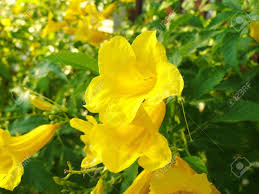
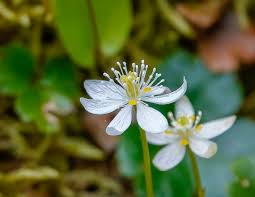
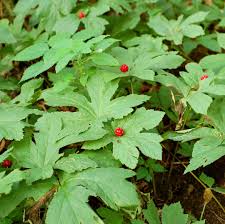
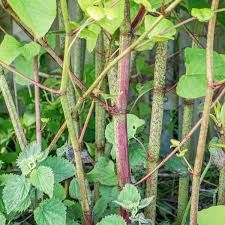
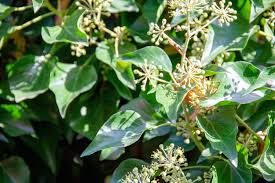
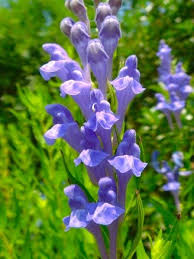
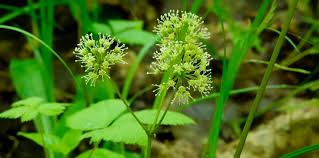
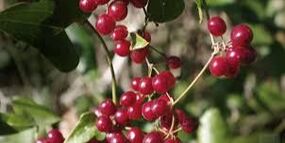
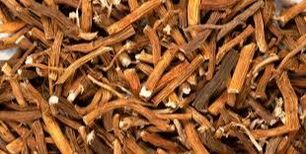
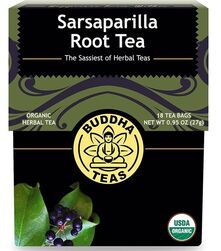
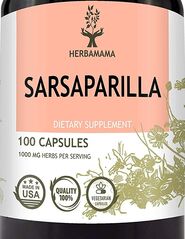
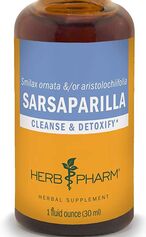
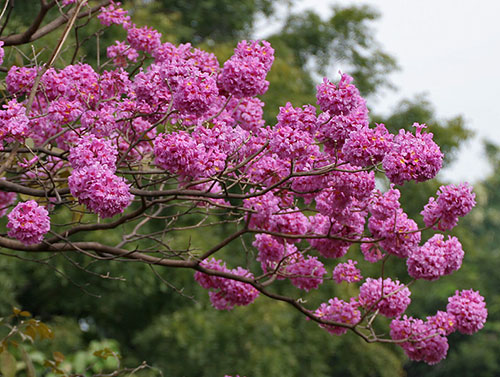
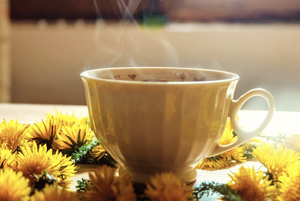
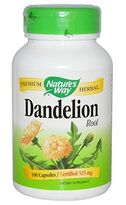
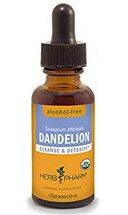
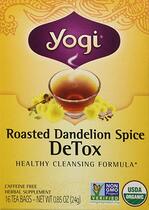
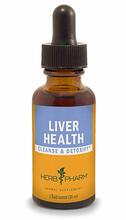
 RSS Feed
RSS Feed